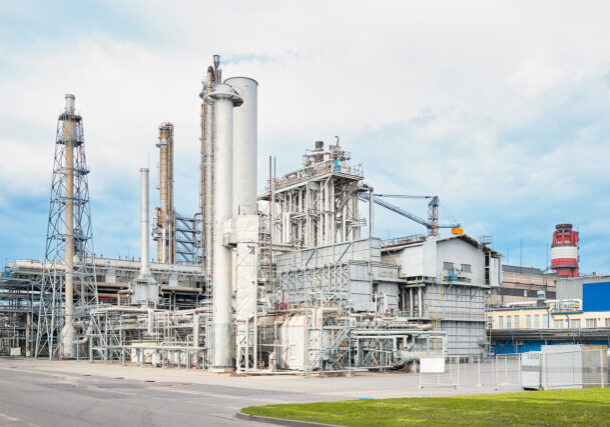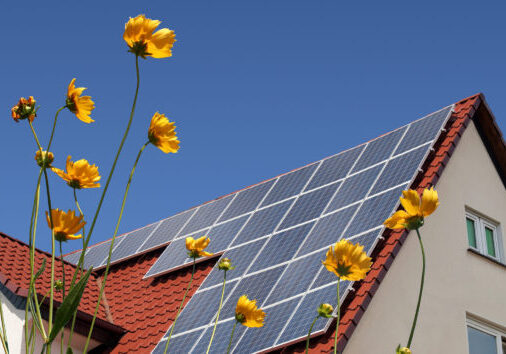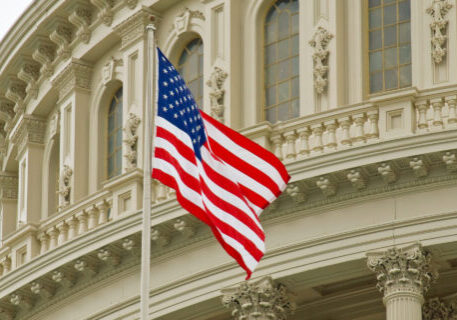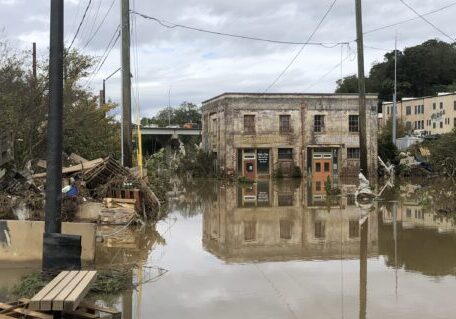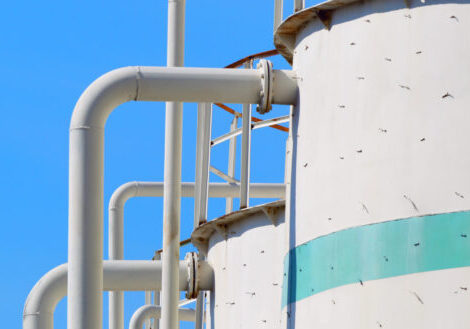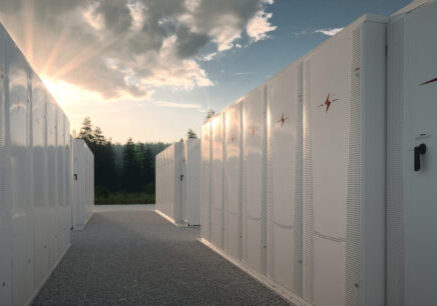April 30, 2025
U.S. Utilities Can Blend Hydrogen in their Gas Supply Without Informing Customers
By Eva Morgan
Across the country, gas utilities are proposing to inject hydrogen into residential and industrial gas pipelines, framing the move as a climate solution. But scientific analyses have found that hydrogen blending is an expensive and inefficient way to decarbonize buildings—and may actually increase health risks and greenhouse gas emissions.
Studies show that mixing hydrogen with natural gas creates small cracks in pipes and fittings, causing more methane to leak into the atmosphere throughout the gas supply chain and offsetting any potential environmental benefits. But utilities promote hydrogen blending as a clean energy solution, even as they continue to profit from fossil fuels and lock in gas infrastructure—stalling true building decarbonization efforts like electrification.
The new risks hydrogen blending introduces include pipeline corrosion, heightened explosion risks, indirect greenhouse gas effects, increased indoor air pollution, and worsened environmental justice issues. Despite these known hazards, some utilities in the U.S. have already begun injecting hydrogen into municipal gas pipelines. Some of these blending proposals have faced local opposition. In 2022, SoCalGas, the largest gas utility in the U.S., proposed blending up to 20 percent hydrogen into the gas systems of academic and residential buildings at the University of California, Irvine. But the proposal was amended after protests from concerned students, faculty, and residents. The investor-owned utility now hopes to blend up to 5 percent hydrogen in a small rural town called Orange Cove, where poverty rates have reached 48 percent, some of the highest in the state.
North of California, a similar story was unraveling. In 2022, NWNaturals, a gas utility serving Oregon and Washington, proposed to blend up to 10 percent hydrogen into distribution lines in certain parts of Eugene, Oregon. One of the neighborhoods slated to receive the blend was Bethel, where 66 percent of residents are considered low-income according to local environmental group Beyond Toxics, and experience almost double the childhood asthma rates compared to other neighborhoods in the city due to air pollution. Pushback from residents and environmental advocates led NWNaturals to withdraw their application, stating that “more stakeholder outreach and engagement is necessary prior to advancing the project any further.”
Despite these words, two years later and 100 miles north of Eugene, Portland residents discovered that NWNaturals was already blending hydrogen into their gas supply, without notification, without approval, and without state regulatory oversight.
NWNaturals was able to quietly add hydrogen to the gas mix for residential homes that summer of 2024 due a lack of state regulation around hydrogen blending, a common issue across the U.S. In Eugene, NWNaturals’ plans were made public because they hoped to recoup some of the experiment’s costs from customers. But no rate hikes were proposed for the blending in Portland, allowing them to begin without public process or notice.
After a plea to state legislators and regulators from 46 Oregon nonprofits and companies requesting intervention, a bill was drafted and introduced into the state legislature in January 2025. SB 685 would require utilities to notify the Oregon Public Utilities Commission (PUC) and customers before blending hydrogen into the gas supply.
The bill initially required approval from the PUC for blending proposals but was amended to only require notification due to industry opposition to the original bill. During a public hearing for this bill, modelled off a similar revision to Washington law, NWNaturals claimed that SB 685 would present a burden for the company, requiring them to send out more paper and electronic notifications.
The composition of gas flowing through the pipelines under streets and into homes is critical public safety information, used to prepare emergency response plans. In an emergency situation—the likelihood of which is greatly increased with the introduction of hydrogen—first responders need to know what type of gas they are dealing with, as hydrogen reacts differently than natural gas during explosions and leaks.
Notably, due to Oregon’s gas utility regulatory landscape, NWNaturals customers don’t have a choice: They cannot switch to a different gas provider if they aren’t happy with their service or the gas composition. Passing SB 685 would be the bare minimum to give Oregon residents, and the regulatory bodies meant to protect their interest, the information they are entitled to.
Most states are in a similar boat to Oregon, with no active legislation regarding hydrogen blending. SB 685 does not go far enough to require approval, but the bill could be a jumping off point for other states to introduce protections against unannounced blending.
Investor-owned utilities across the U.S. are disguising hydrogen blending as clean energy at the expense of public health and energy affordability, while pouring money into fighting electrification efforts. By touting hydrogen as a safe, low-emissions fuel, utilities will be able to continue using their expensive and aging gas infrastructure while claiming to adhere to climate goals—even as the country makes efforts to move away from gas. Policymakers must take note and act swiftly to protect their constituents.
As of April 2025, SB 685 was passed in the Oregon senate committee on energy and environment and referred to the house committee on climate, energy, and environment. Before passing it on to the house, the senate committee adopted an amendment to the bill making the notification requirement apply only to hydrogen blends where the ratio of hydrogen to natural gas by volume, expressed as a percentage, is over 2.5%
This article was originally published in The Energy Mix.





